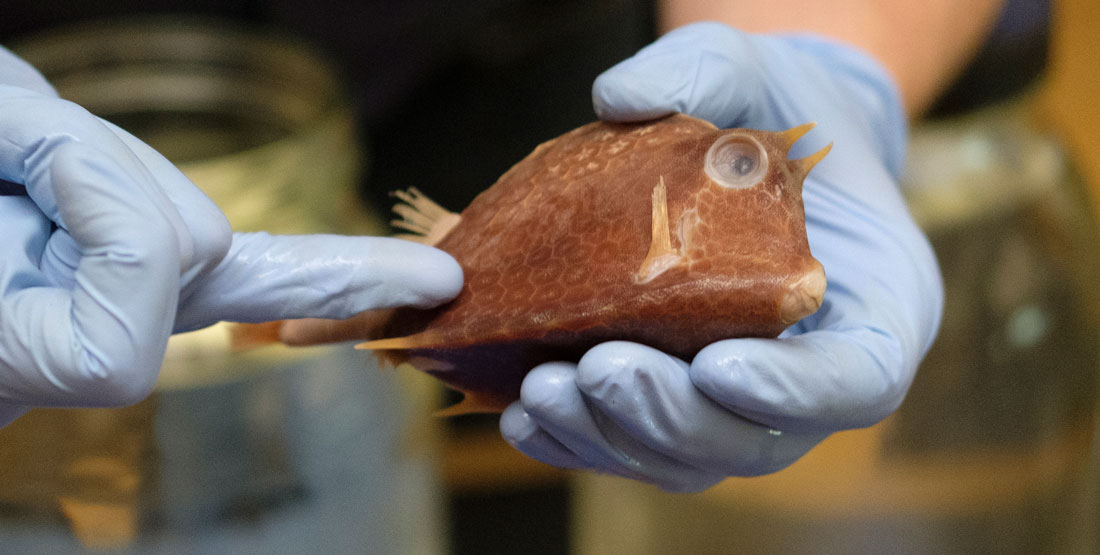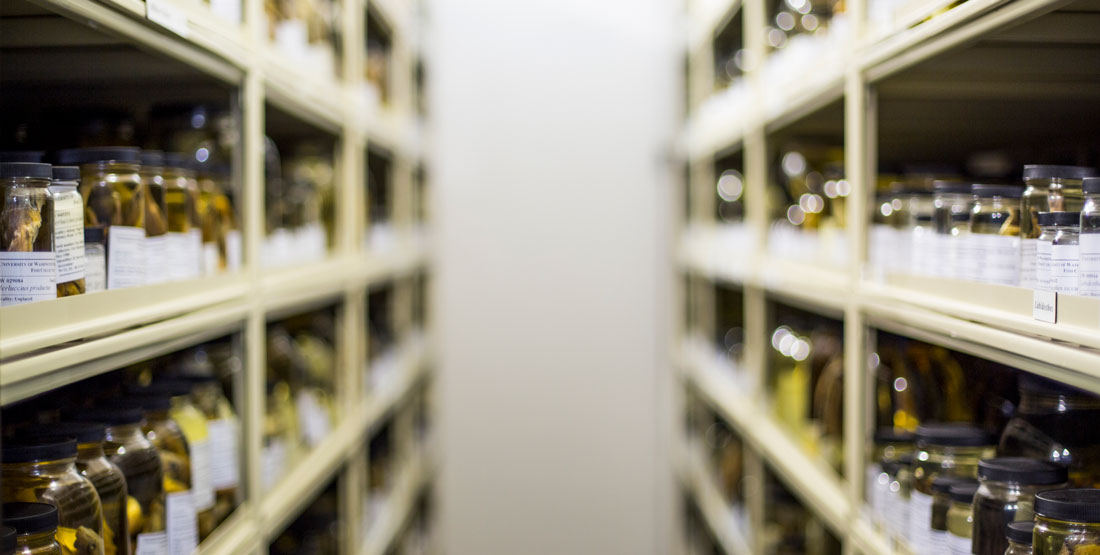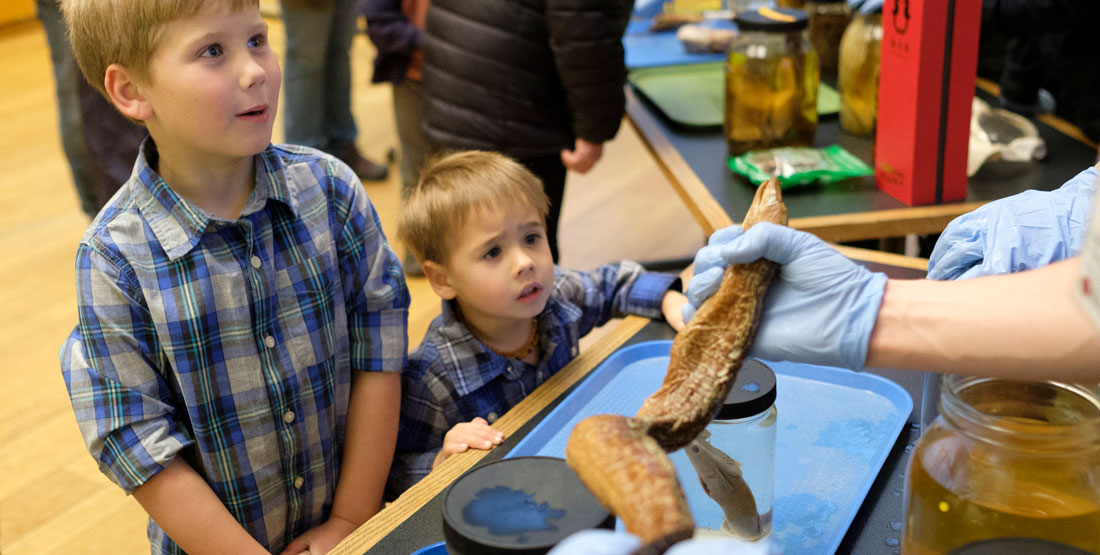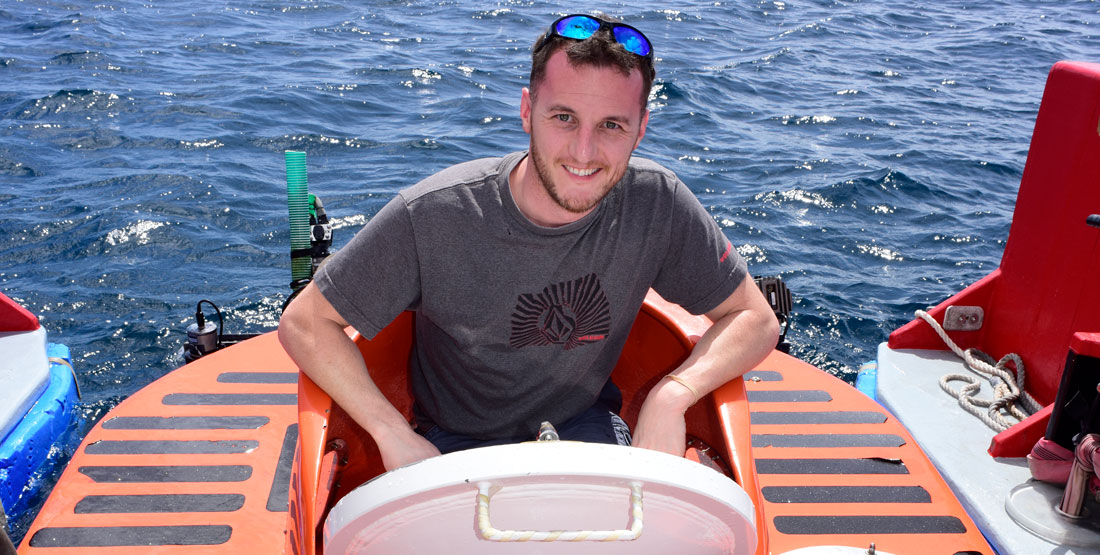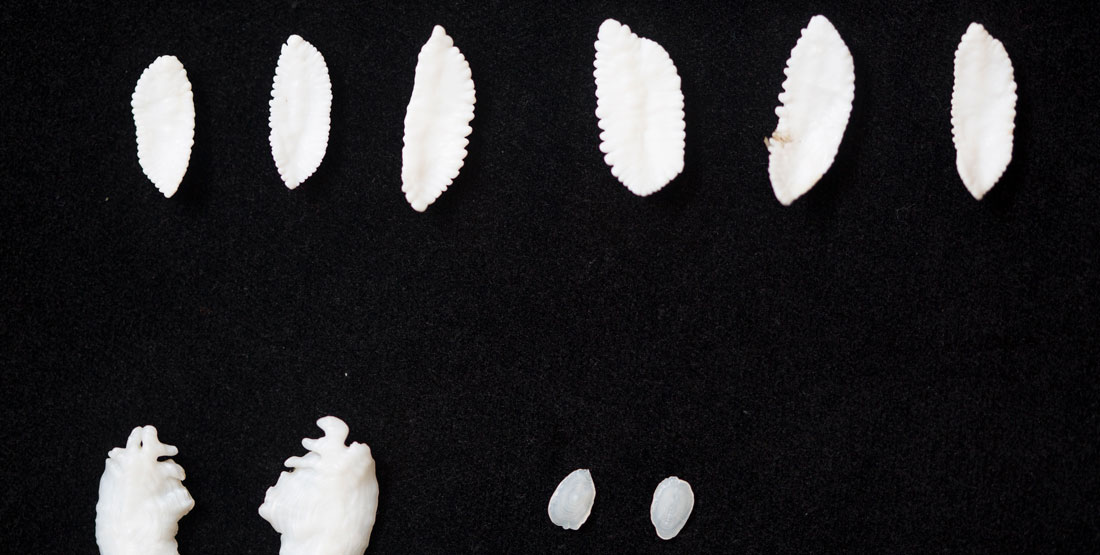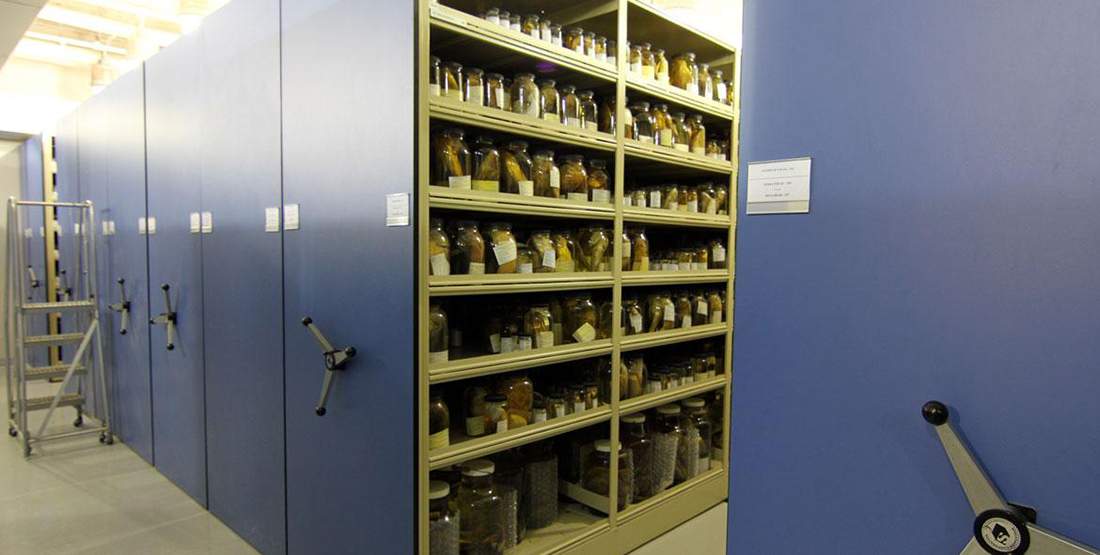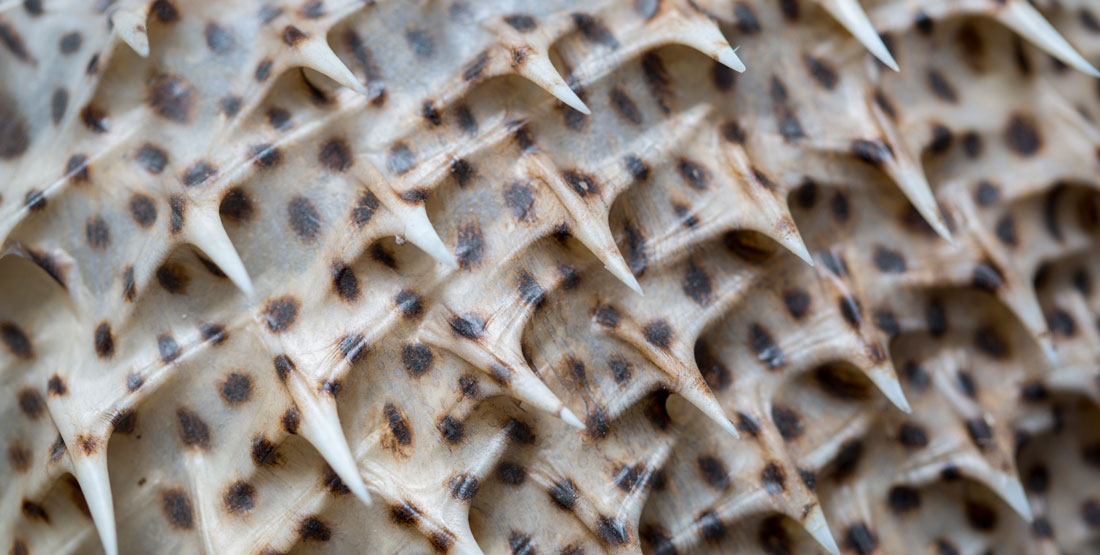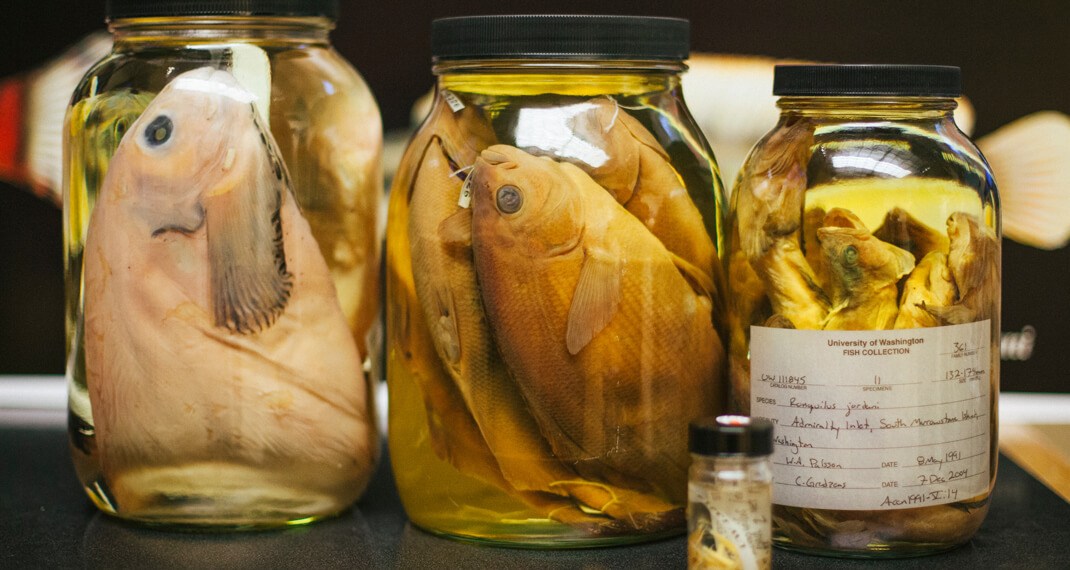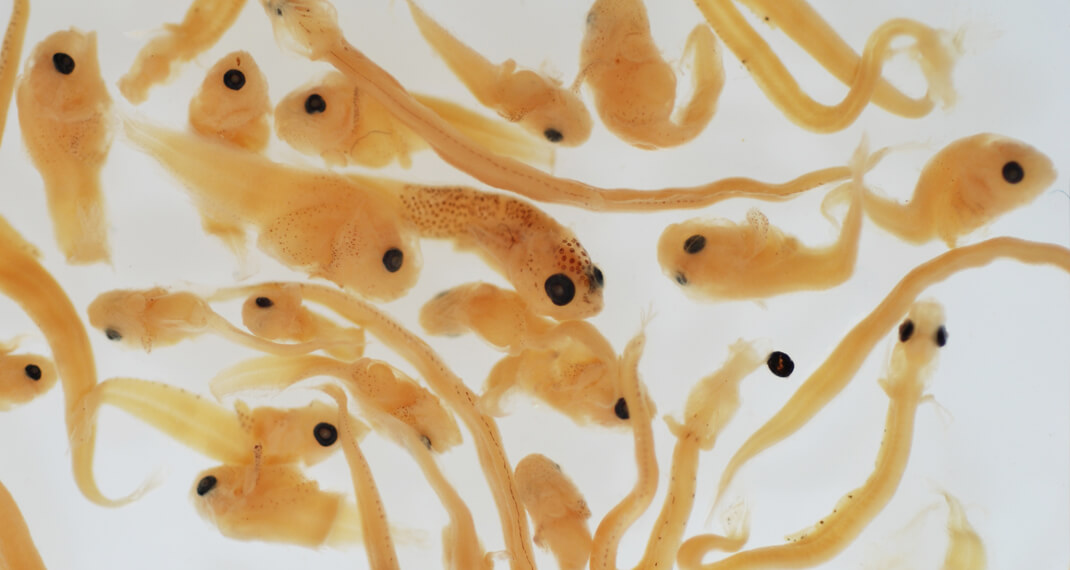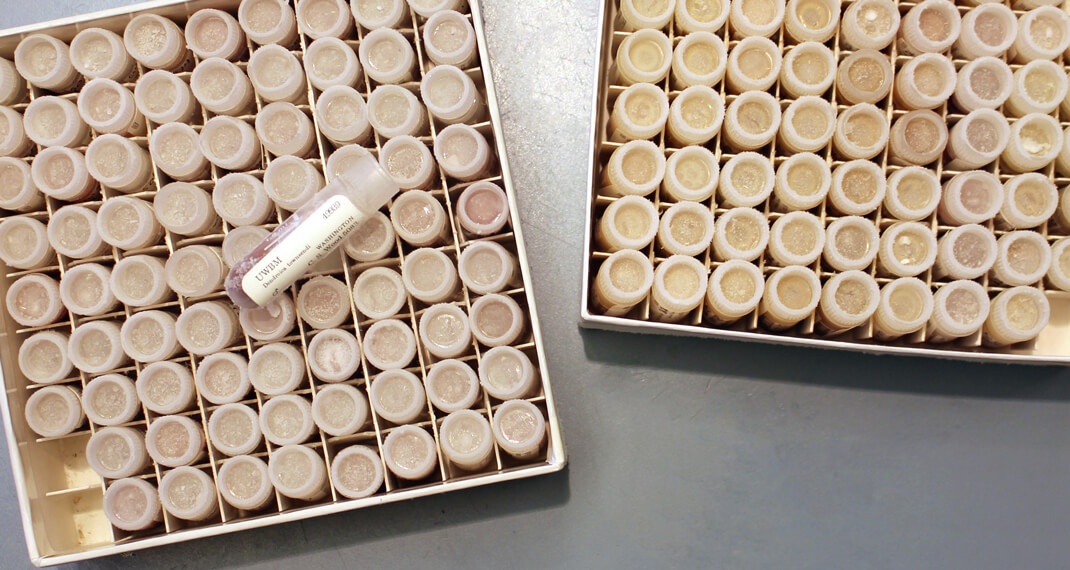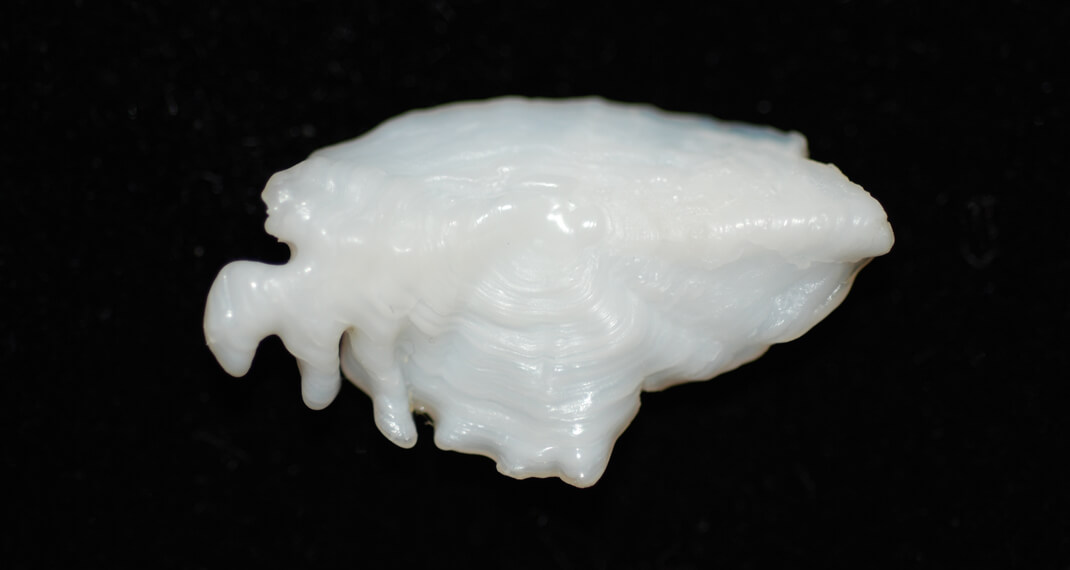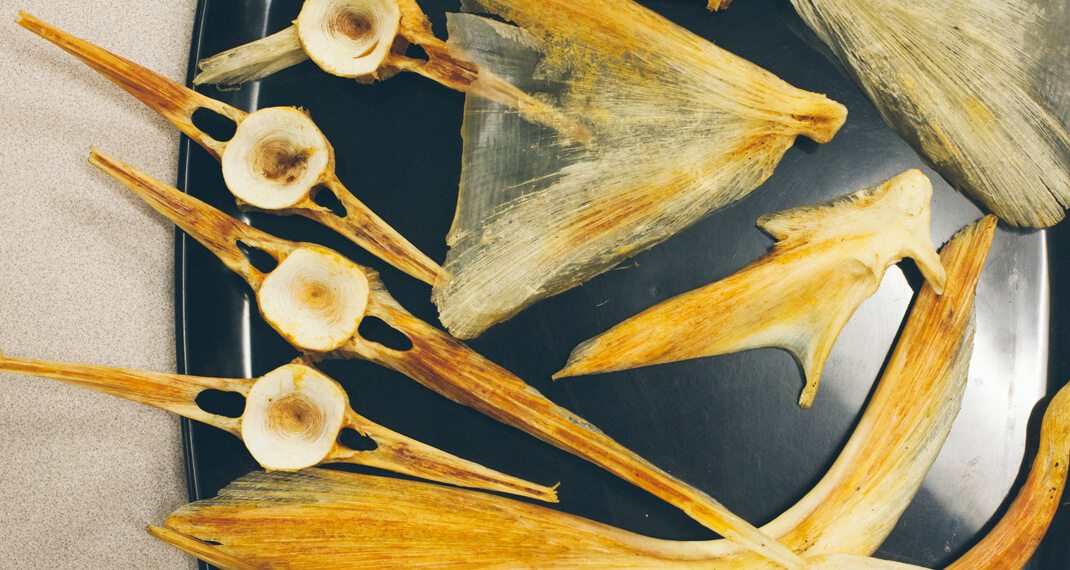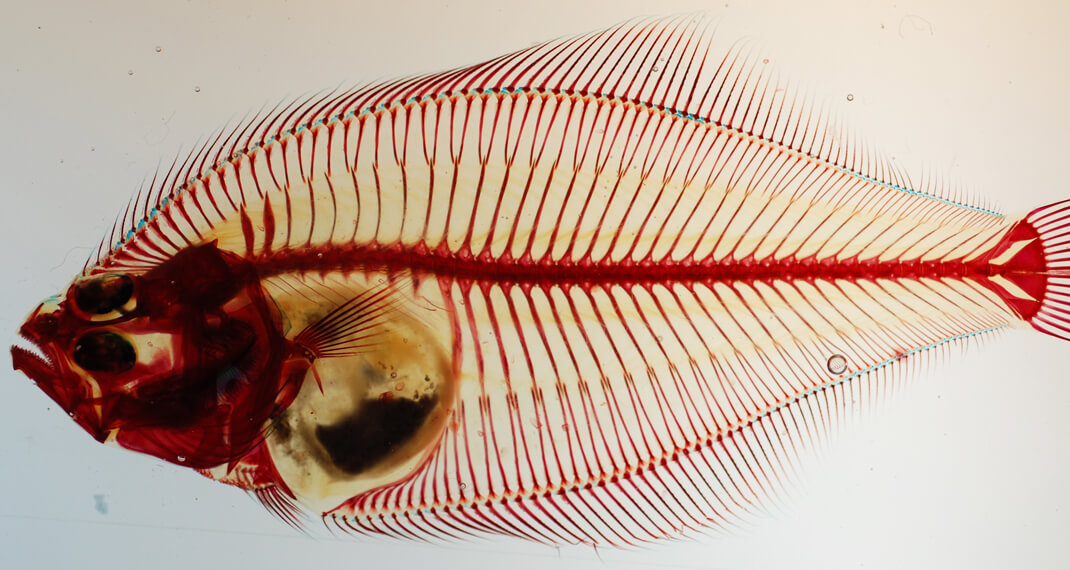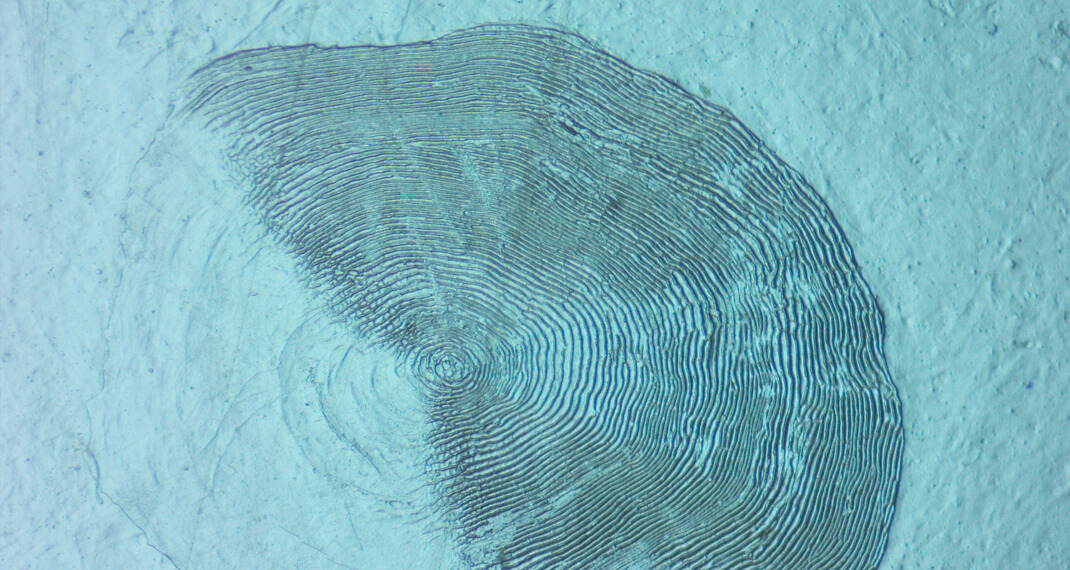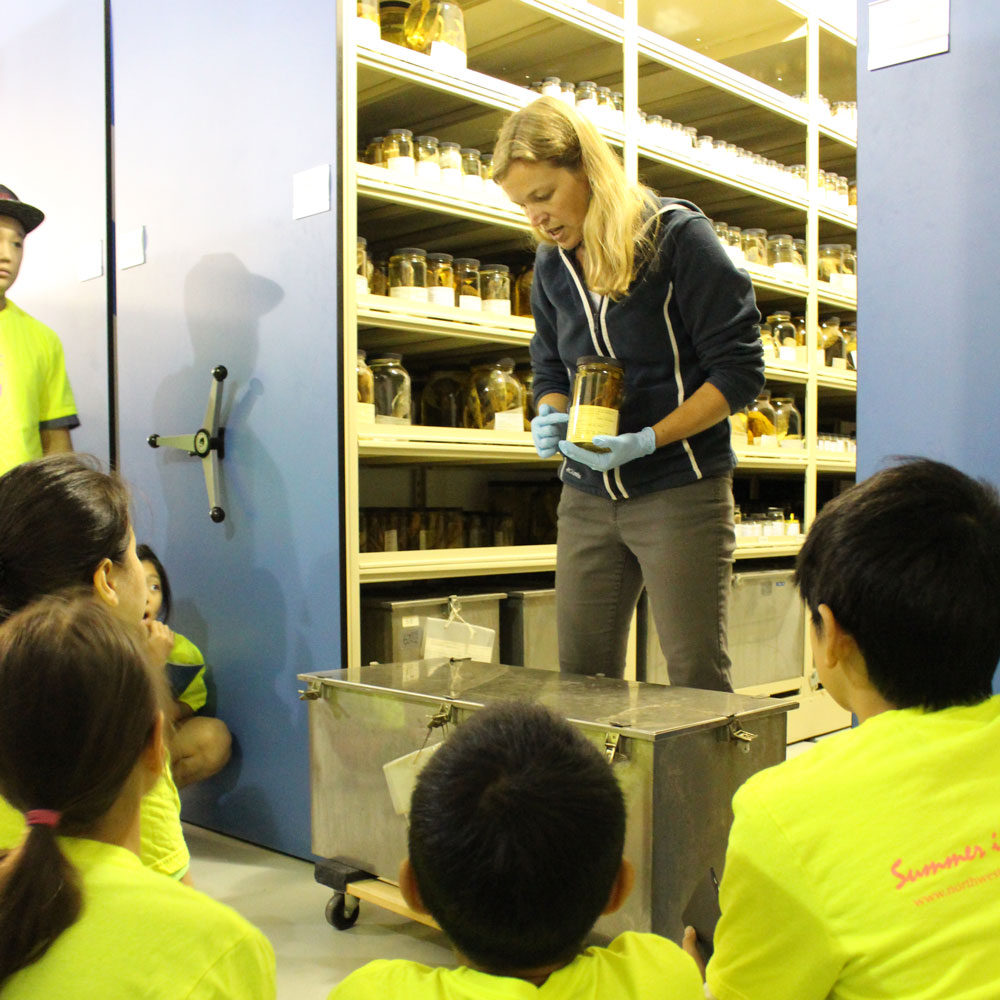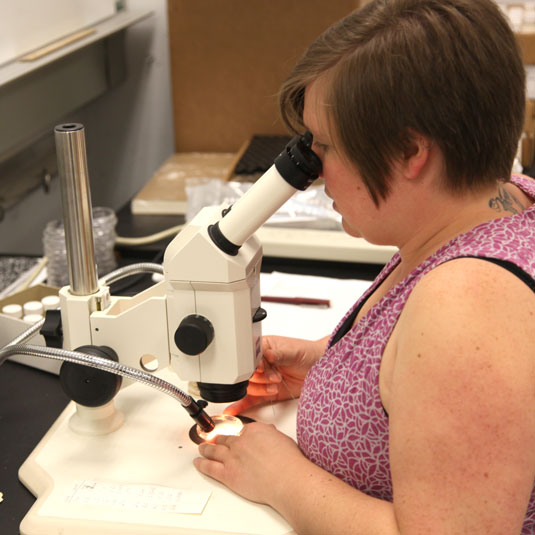Search the Collections
We are committed to providing open access to the biodiversity data we manage and roughly 98% of the Ichthyology Collection is cataloged, databased and available to search via our databases.
The otolith collection is not currently searchable online. Please direct requests to the Collections Manager.
Collection Highlights
The Burke’s Ichthyology Collection includes more than 11 million specimens, including adults, juveniles, larvae, eggs, skeletons, tissues, otoliths and scales. It is by far the largest, and one of the very few, repositories of ichthyological materials from the North Pacific Ocean and Bering Sea. Some of the notable highlights include:
— By far the largest fish collection in North America (by number of specimens) — Only fish collection of any size in Washington state — One of the largest, if not the largest, collections of fish eggs and larvae in the world — One of the largest, if not the largest, collections of fish otoliths in the world
Juvenile & Adult Specimens
Early Life History Collection
Tissue Collection
Otolith Collection
Dry Skeleton Collection
Cleared and Stained Specimens
Salmon Scale Collection
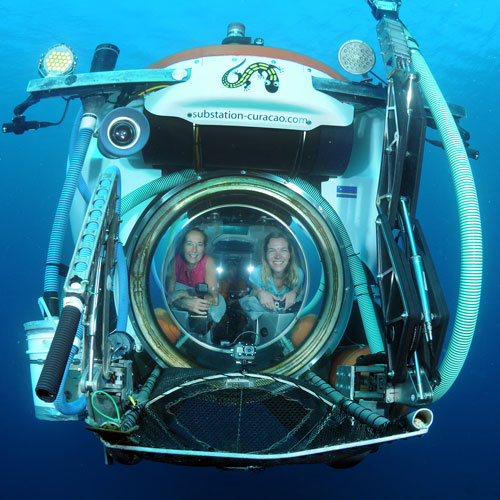
Our Research
Our research, led by Burke Museum Curator of Fishes Luke Tornabene, focuses on the systematics and evolution of bony fishes. This includes the discovery and formal description of new biodiversity, exploring the phylogenetic relationships between groups of fishes, and understanding how genotype, phenotype and ecology work in concert to produce the amazing diversity we observe in the aquatic world around us.
New and emerging projects in our lab will look to take advantage of the UW Fish Collection's world-class archive of otoliths, eggs, and larvae of fishes of the North Pacific to address relevant questions in systematics, conservation, and fisheries management.
Recent Research Videos
Questions & Answers
We’ve compiled answers to some of the most common questions we receive in the Ichthyology Collection. Have another question that you need help with? Contact us.
Can I loan a specimen for my research?
Our loan policy makes any and all parts of the collection available to qualified investigators and their students in the U.S. and abroad. We lend, donate and exchange material freely. Each request, however, is reviewed to determine if the potential borrower is likely to take proper care of the material and if the material itself is in a condition to withstand shipment. We do not loan more than half of our holdings of a species at one time, so researchers may have to arrange sequential loans.
Loans are invoiced with catalog numbers, species names, locality data and period of the loan (one year with the option to then extend the loan period). The costs of processing and shipping specimens on loan are covered by the Ichthyology Collection, with the expectation that loans will be returned at the borrower's expense.
Individuals interested in obtaining specimens on loan should first search our databases to identify potentially interesting lots, and should then contact the Collections Manager for additional information and/or to request a loan or complete the Specimen Loan Request Form. For more information, please contact us.
I’m a researcher. Can I visit the collection?
Researchers are welcome to visit the collection. We have bench space and dissecting microscopes available for use. Note that the Ichthyology Collection is not physically located at the Burke Museum but is a short distance south of the museum.
Please contact us if you have questions or would like to schedule a visit.
Do you offer public and/or school group tours of the collection?
Yes, the Ichthyology Collection offers a variety of tours to the public and university community. We can tailor the length and content of a tour to accommodate most interests and age groups. Arrangements should be made at least two weeks in advance; 1-2 months in advance for school groups.
Can I have a fish identified?
Members of the public, as well as researchers not trained in the taxonomy of fishes, often encounter interesting fish specimens that they are not able to identify. Such specimens may be collected on fishing trips, found dead on the beach, or taken by other means.
Some recent examples include a putative Piranha (it wasn't!) collected in a local lake, a Pacific Barracuda (Sphyraena argentea) caught on hook and line in the Duwamish River near downtown Seattle, an Opah (Lampris guttatus) found dead on the beach, and a large (3-m) Sixgill Shark (Hexanchus griseus) found floating in Puget Sound and towed home by a kayaker!
Identification options. If you encounter an interesting or unusual fish that you wish to have identified, you may submit a photo of it in our contact us form and/or bring it to the Ichthyology Collection.
If you would like to bring a specimen to the Ichthyology Collection, please contact us first. If possible, you should freeze or preserve the specimen (see "Methods of Preserving Fishes") to keep it from rotting until you are able to bring it to the collection. Please contact us for more information.
Can I donate fishes to the collection?
Our acquisition policy centers on the cold-water, marine ichthyofauna (juveniles and adults, as well as early life history stages) of the North Pacific Ocean, Bering Sea and Pacific sector of the Arctic Ocean. With this as our primary mandate, we are unique among ichthyological collections in the U.S. We also provide a repository for freshwater fishes of the Pacific Northwest.
Under no circumstances will the Burke Museum or the School of Aquatic and Fishery Sciences accept specimens that were illegally collected or acquired by the donor.
Individuals who wish to donate specimens, but are unfamiliar with standard practices, should consult Methods of Preserving Fishes and contact us.
Does the Collection exchange specimens with other organizations?
We encourage exchanges of specimens with other institutions and often make gifts of well-represented species to local schools and other organizations. Please contact us for more information.
Can I volunteer?
We couldn’t do what we do without volunteers! Visit our Volunteer page for more information about Burke Museum volunteer opportunities and to view current openings.
Our Team & Contact
Meet the people within the Burke Museum Ichthyology team.
Have a general question?
Additional Resources
We've compiled several online resources from outside of the Burke Museum that may also be of interest.
University of Washington
California Academy of Sciences
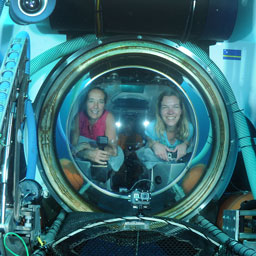
Support Ichthyology
Your gift makes it possible! We couldn't do what we do without generous donor support for collections care, research and public outreach.
